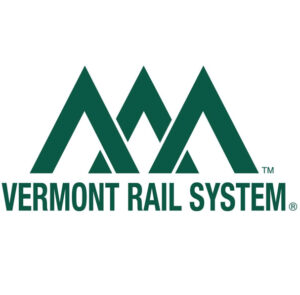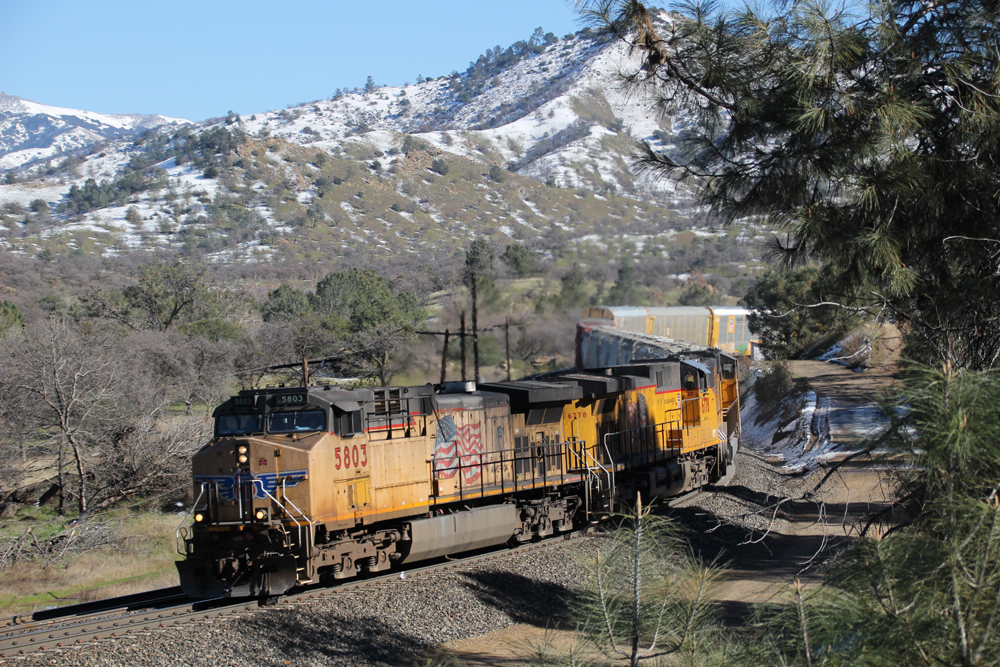 WASHINGTON – One of the complicating factors in CSX Transportation’s proposed acquisition of Pan Am Railways — the Pan Am Southern joint venture with Norfolk Southern — is proving to be a lightning rod.
WASHINGTON – One of the complicating factors in CSX Transportation’s proposed acquisition of Pan Am Railways — the Pan Am Southern joint venture with Norfolk Southern — is proving to be a lightning rod.
Last week, the Justice Department said the Surface Transportation Board should force CSX to sell its stake in Pan Am Southern [see “Justice Department raises competitive concerns …,” Trains News Wire, Aug. 26, 2021]. A day later Canadian Pacific said that having CSX step into Pan Am Railways’ shoes in the Pan Am Southern was a threat to the ongoing viability of the former Boston & Maine main line that is a competitive alternative to CSX’s own main line across Massachusetts [see “Canadian Pacific says CSX-Pan Am merger threatens viability …,” News Wire, Aug, 30, 2021].
And now filings by the Vermont Rail System and the Vermont Agency of Transportation say the related agreement to have Genesee & Wyoming subsidiary Berkshire & Eastern become the neutral operator of Pan Am Southern would reduce competition in the Green Mountain State.
In comments posted to the STB website on Monday, the Vermont short line and the state agency that owns its trackage in Vermont say the CSX-Pan Am merger flunks the board’s public interest test because it would harm the state’s rail shippers by reducing competition.
The Pan Am Southern provides NS with access to the Boston area via the former B&M from the Albany, N.Y., area to Ayer, Mass. The Pan Am Southern also includes Pan Am’s north-south route along the Connecticut River from Vermont to Connecticut. VRS interchanges with Pan Am Southern on both routes.
G&W’s New England Central already is a significant player by operating the former Central Vermont main line, Vermont Rail System says, and having the Berkshire & Eastern operate Pan Am Southern would give G&W railroads “a near monopoly on interchange with VRS.”
“This seems akin to NS having to interchange all of its traffic with CSX to get to BNSF or UP in the west,” R.L. Banks & Associates consultant James Cunningham wrote in the railroad’s filing. “In this hypothetical, CSX would not know the rates under which NS traffic was moving but it would see the commodities and volumes to obtain a much better picture of the overall market. NS would never tolerate that commercial disadvantage and neither can VRS.”
But VRS, the filing notes, would be at more of a disadvantage because Berkshire & Eastern would have access to its rates.
“Choosing GWI as the third party is the wrong choice. It gives the world’s largest short line and regional railroad holding company another puzzle piece in the New England area where its presence is already one of, if not the, largest,” Cunningham wrote. “Other short lines and short line holding companies that have the ability and credentials in the industry to operate the PAS in a truly independent manner. By choosing GWI, CSX and NS have solved one problem by choosing the course of least resistance but creating another which can only be fixed by selecting another operator of PAS.”
The only way for the CSX acquisition of Pan Am Railways to pass regulatory muster, the railroad argues, is for CSX and Norfolk Southern to name a truly independent operator of Pan Am Southern.
CSX contends its acquisition of Pan Am will improve service and technology offerings for Pan Am’s customers.














Why not VRS, Watco, Pinsly, or RJ Corman?